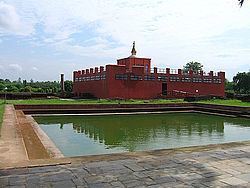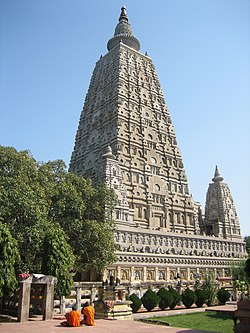





This is a list of Buddhist temples , monasteries, stupas, and pagodas for which there are Wikipedia articles, sorted by location.
Contents
- Australia
- Bangladesh
- Bhutan
- Brazil
- Cambodia
- Canada
- Denmark
- Finland
- France
- Germany
- Greece
- Hong Kong
- Hungary
- Iceland
- India
- Indonesia
- Italy
- Japan
- Laos
- Khammouane
- Luang Prabang
- Vientiane
- Xiangkhouang
- Macau
- Malaysia
- Mongolia
- Myanmar
- Nepal
- The Netherlands
- New Zealand
- Norway
- People's Republic of China
- Philippines
- Davao
- Metro Manila
- Poland
- Republic of China (Taiwan)
- Russia
- Singapore
- Slovenia
- Spain
- South Africa
- South Korea
- Sri Lanka
- Sweden
- Switzerland
- Tanzania
- Thailand
- Uganda
- United Kingdom
- United States
- Uruguay
- Vietnam
- See also
- Notes
- External links








